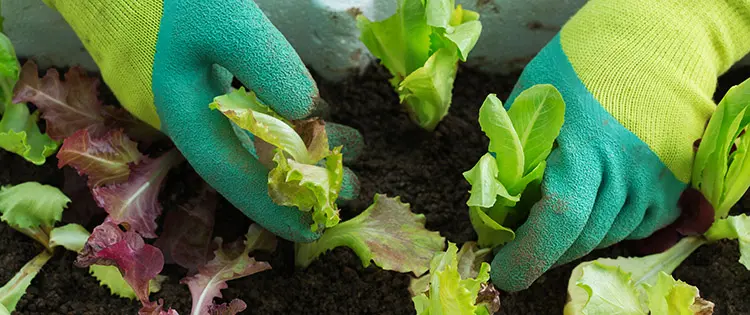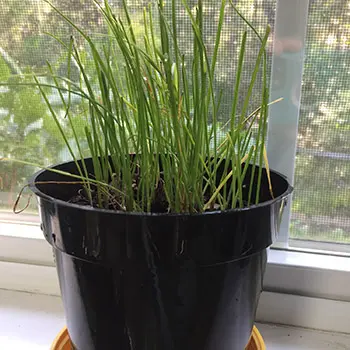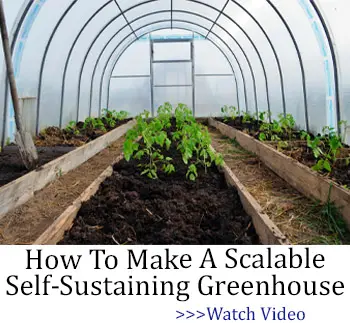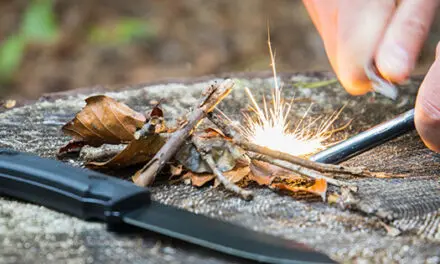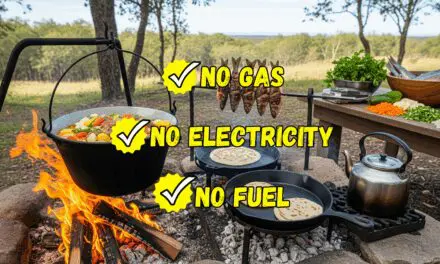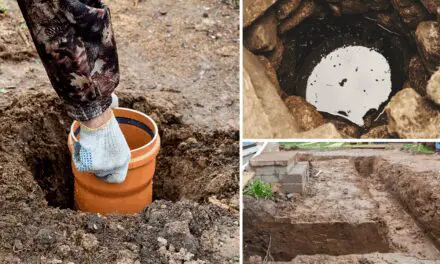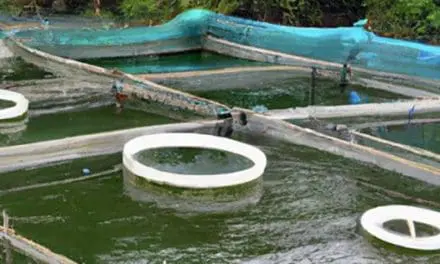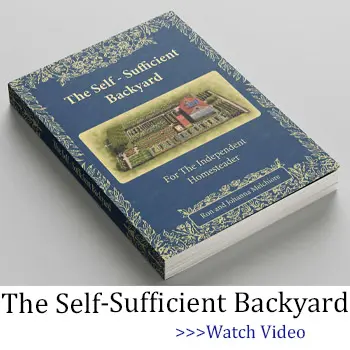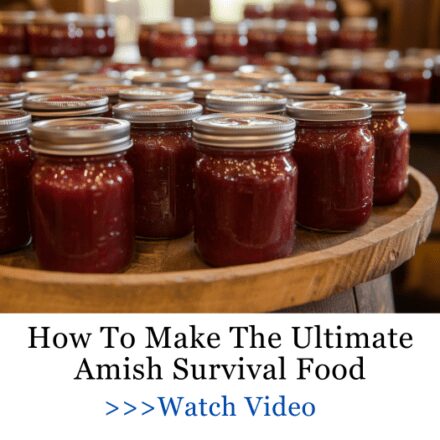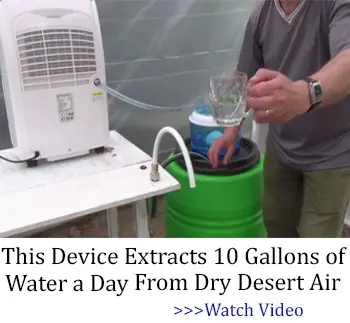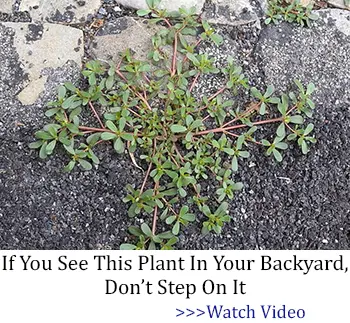As the leaves turn brown and everything starts to get a little chillier, many of we gardeners sigh over the changing of the seasons. It’s not that we don’t love the colorful trees as much as everyone else does; it’s that we know our gardens will soon be tired and non-productive. That all our hard summer work is about to be disced into the ground.
And yes, many of us look forward to planning next year’s harvesting, but we’ll miss our plants starting this year.
For those of us who are mourning our gardens, fear not. We’re here today with several suggestions of veggies and plants you can grow all winter that will pop up early in spring and give you a green flicker or two that remind you of the long, blissful days of summer. Let’s get started.
Greens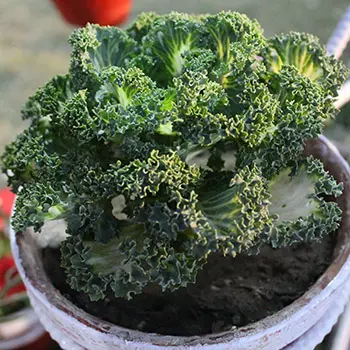
Though not all greens are freeze-resistant, many of them are. After all, how many different types of greens do you see in your grocery store freezer section? They may not come out fluffy and pretty as they would when they’re fully fresh, but they still do the work in your salads and stews while giving you a burst of color in an otherwise dreary patch of ground.
Related: Plant This Vegetable Once and Harvest it For 30+ Years
My suggestion? Grow colorful lettuces and kales inside if at all possible, either under grow lights or on windowsills. It’s entirely possible to pull that off with most homes and apartments. You can also try jugging, a method where you grow plants in jugs (such as milk cartons or water jugs) and it works much like a very tiny greenhouse to keep the plant’s roots and foliage warm.
Personally, I love jugging. Give it a try and let us know what you think!
Root Vegetables
Beets, carrots, and daikon are all wonderful picks for the winter growing season. However, you’ll want to be sure that your ground does not hard freeze for weeks on end if you are going to go with varieties that dig deep into the soil. Baby versions of these plants, though finding mini daikon can be a chore no matter which form of plant you choose, are an option. They stick closer to the surface, suffer through freezing well, and will pop right back up no matter how cold it gets.
Related: Why You Should Bury Your Vegetables In Sand
My one caution is making certain that your variety of carrots is well mulched and tolerant of a little extra water. Sometimes, they can be a little sensitive of chilly weather and water together, cracking down the middle rather than simply not drinking quite as much.
If you are in an area that is cool but not freezing cold for weeks on end during the winter season, you may also want to try radishes! They grow tight to the surface, as the varieties I suggested above, and are just as hardy. Plus, the little red vegetables and bright green foliage are quite festive during the winter months.
Alliums (A Few Varieties)
The traditional season for planting garlic and onions is fall. This is the perfect time to start planting and getting things ready to go for them. If you don’t already have your square bales ready for them, you can plant in growing bags, or pots, or sow directly into the ground.
My suggestion? If you aren’t growing in square bales (and why aren’t you? Check out our square bale growing guides! We’ve got lots of information on the process!), go ahead and get grow bags.
Related: Never Buy Garlic Again!
Why? We can easily move a grow bag inside if a blizzard hits. We can’t pick up in-ground alliums and move them. While they would probably be just fine, I prefer to use my garlic and onion shoots in soups throughout the winter. While I’m always careful how much I take off so the plant can continue to thrive, I do still trim them back.
Grow bags give me easy access to those shoots as well as making them easy to harvest next spring. My favorite way to do it is to simply open the bag, tip it out into my raised beds, and rake the soil back into them. This way I end up keeping the soil as well as being able to harvest the onions and garlic I’ve worked so hard to raise. That’s a win all the way around.
Squash
Not the long, green, skinny zucchini that take over your garden. No, friend. It’s time to plant winter squash.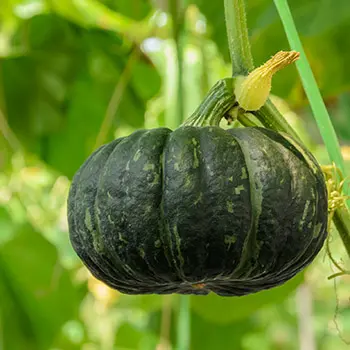
And, in my experience, winter squash is a little more reserved about pouring vegetables into your arms. Yes, they’ll certainly have plenty of fruits, but they aren’t going to leave you with 800 loaves of zucchini bread and neighbors that are running away from you when you try to ask if they want any.
Friend, they don’t. You know it. I know it. And if the world could power itself on squash, we would never have any electric supply issues again.
Winter squash can be planted any time the seed packet suggests it can (I always prefer a little later in the season), but jugging is another really wonderful choice for your winter squashes and allows them to be planted any time after it starts to cool off.
One last note: you may have noticed I didn’t bring up beans or peas. I know that’s straying from many opinions and many preferences in doing so. Why would I do that? My own experience is that beans and peas do not produce well during the off-season compared to their planting preference.
I’ve had some rattlesnake beans throw out tons of runners and suckers, but refuse to fruit for me until the weather gets much, much warmer. Essentially, you can plant the plant but don’t expect beans and peas all winter just because you planted them. You’ll probably have pretty foliage, but nothing else.
What do your winter planting plans look like? Do you have them yet? Tell us in the comments down below and, as always, Happy Gardening!
Veggies You Only Plant Once And Harvest Forever
What Happens If You Smoke Garlic (Video)
Signs We’ll Soon Be Eating Depression-Era Foods
15 Things You Should Teach Your Children That Can Save Their Lives

